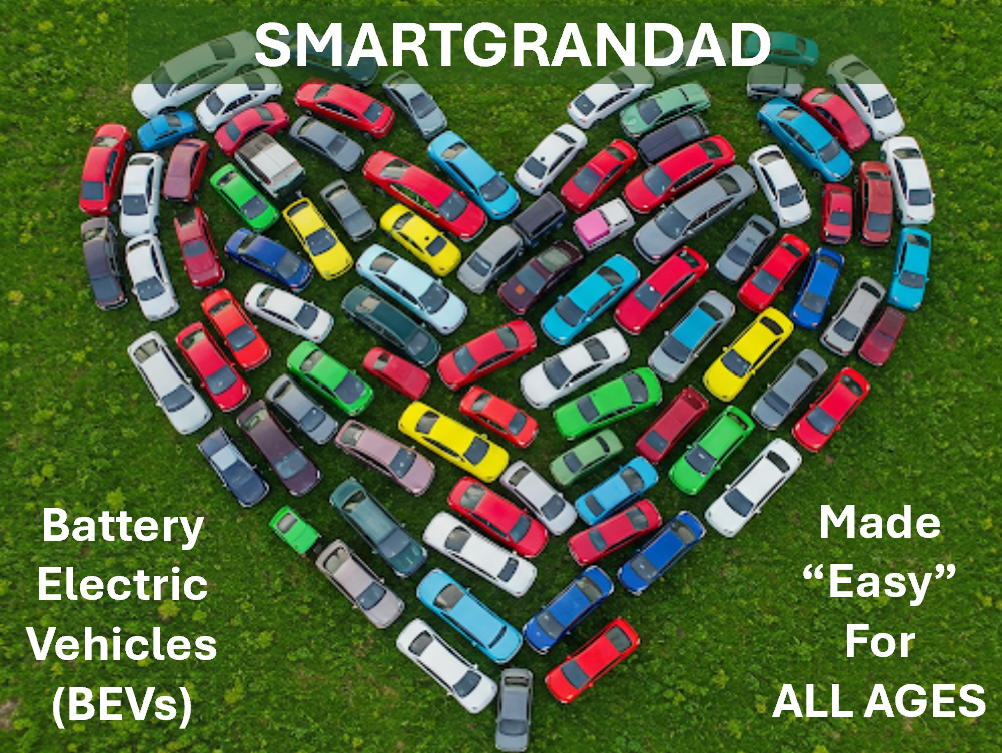OPINION: Tesla Model Y or BYD Sealion?

The 2 most sold Family Battery Electric Vehicles (BEVs) are the Tesla Model Y and BYD Sealion.
Here we compare the different aspects both models plus a summary of other BEV models that challenge these 2 leaders.
Both are undoubtably great cars but if you had to choose, which one would it be?
1. Body Style and Size Segment
Tesla Model Y (8/10)
is a compact / Mid sized SUV (crossover) available with 5 or optionally 7 seats. Its dimensions are approximately 4,750-4,792 mm (length), 1,978-1,982 mm (width), and 1,624 mm (height), with a wheelbase of 2,890 mm.
BYD Sealion(8/10)
is a sleek, coupe-style electric SUV. Its dimensions are approximately 4,830 mm (length) x 1,925 mm (width) x 1,620 mm (height), with a wheelbase of 2,930 mm. This positions it as a spacious contender in the mid-size to large electric SUV category.
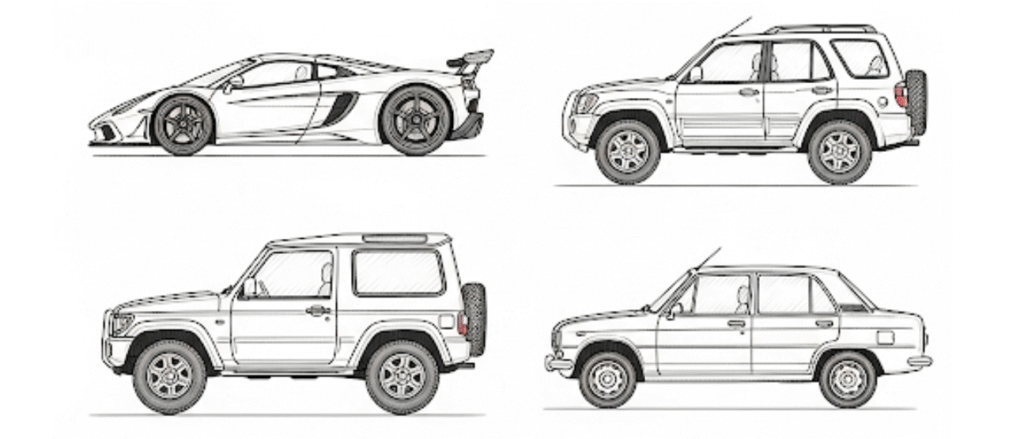
2. Platform Architecture, Voltage, Range & Efficiency
Tesla Model Y (8/10)
Built on a dedicated EV platform shared with the Model 3, the Model Y LR features a dual-motor All-Wheel Drive (AWD) system. It operates on a 400V architecture. With a 78.4 kWh (usable ~75 kWh) battery, it offers a WLTP range of approximately 551 km and an EPA estimated range of around 542 km. Max DC fast charging can reach 250 kW.
BYD Sealion(8/10)
Built on BYD’s e-Platform 3.0, the Sealion 7 utilizes an 800V architecture for efficient power delivery. It features BYD’s Blade Battery (LFP) technology. Variants offer battery capacities around 82.5 kWh, providing a WLTP range of approximately 456-482 km. It supports DC fast charging up to 230 kW and includes vehicle-to-load (V2L) functionality.
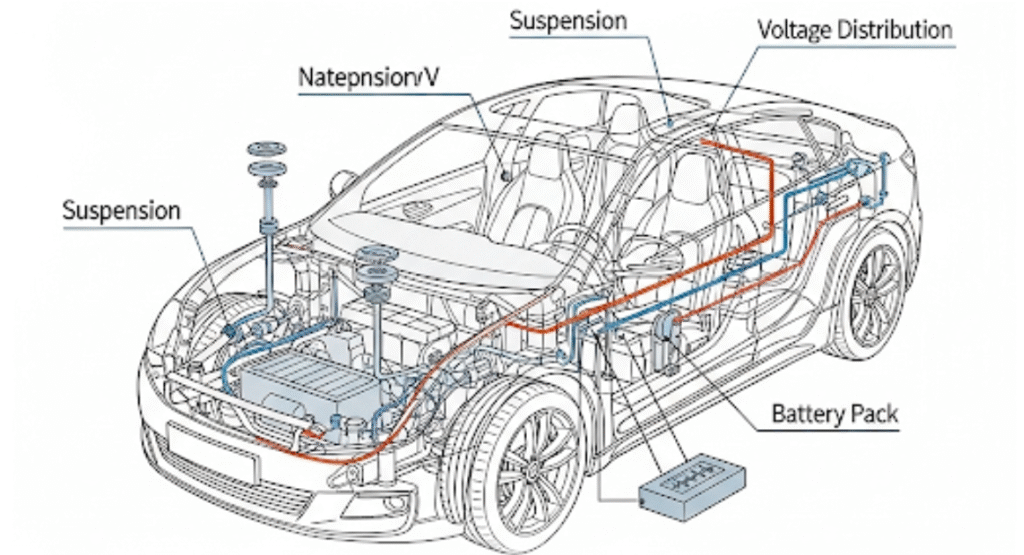
3. Technical Capabilities
Tesla Model Y (8/10)
The Model Y LR comes with Tesla’s Autopilot suite, including adaptive cruise control and lane-keeping. Enhanced Autopilot and Full Self-Driving (Supervised) are optional upgrades, offering features like Navigate on Autopilot, automatic lane changes, autopark, and traffic light/stop sign control. It utilizes multiple cameras and sensors for its driver assistance systems.
BYD Sealion(7/10)
The Sealion 7 boasts a comprehensive suite of advanced driver-assistance systems (ADAS), including Adaptive Cruise Control (ACC), Automatic Emergency Braking (AEB), Lane Departure Warning (LDW), Lane Keeping Assist (LKA), Blind Spot Detection (BSD), and a 360-degree camera system.

4. Interior Quality and Storage Capacity
Tesla Model Y (8/10)
The minimalist interior features a large 15.4-inch central touchscreen. Recent updates include improved materials, ambient lighting, and an 8-inch rear touchscreen for climate/entertainment. It offers substantial cargo space: 854 liters in the rear, expanding to 2,138 liters with seats folded, plus a 117-liter front trunk (frunk).
BYD Sealion(8/10)
The interior features a premium feel with soft-touch materials and leather-wrapped surfaces. A notable feature is the 15.6-inch intelligent rotating infotainment screen. Storage includes a 58-liter “frunk” (front trunk) and a 500-liter rear boot, with additional underfloor storage.

5. App Functionality
Tesla Model Y (9/10)
The Tesla mobile app provides extensive control over the vehicle, including remote locking/unlocking, climate control, charging status, location tracking, and summoning the car. It also facilitates scheduling service, managing Supercharging, and receiving over-the-air software updates.
BYD Sealion(8/10)
The BYD app offers remote control features such as locking/unlocking doors, pre-conditioning the climate control, checking vehicle status (tire pressure, battery level), and locating the car. It also supports a digital key function for some models.
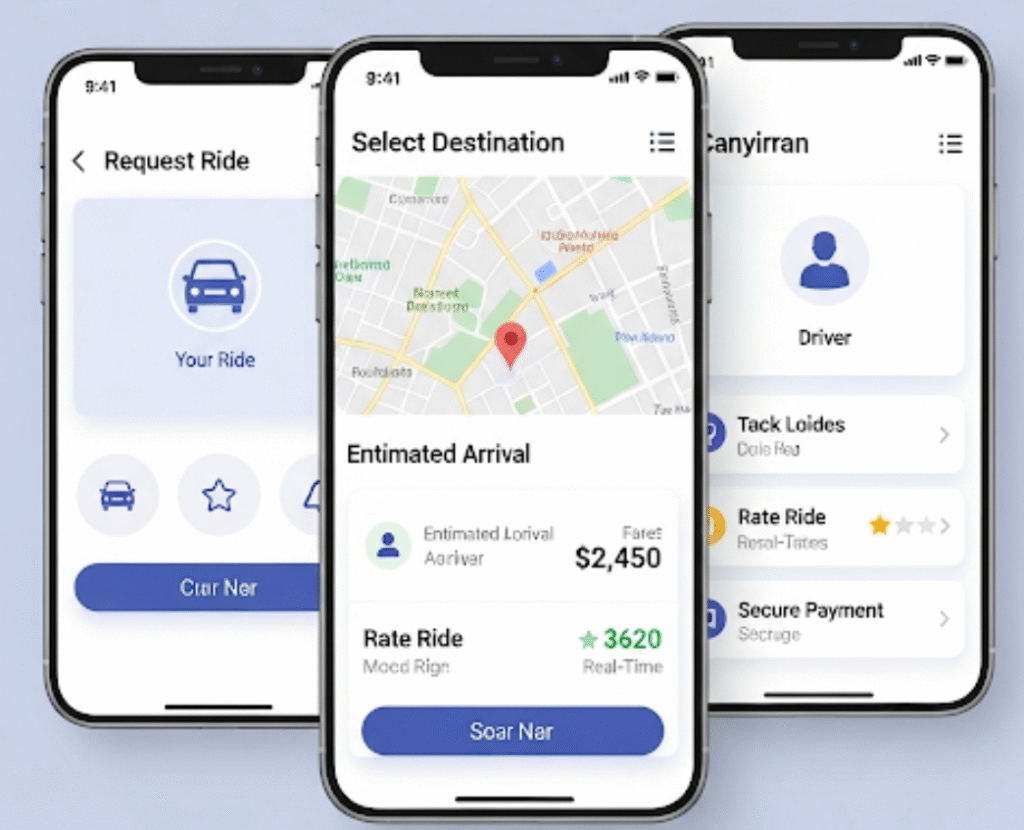
6. 3 Pros and 3 Cons
Tesla Model Y
Pros:
- Excellent range and access to Tesla’s extensive Supercharger network.
- Strong acceleration and engaging driving dynamics.
- Significant cargo capacity and a useful frunk.
Cons:
- Reliance on the central touchscreen for nearly all controls can be distracting.
- Ride quality, while improved, can still be firm on rougher roads.
- Rear visibility is limited due to the design.
BYD Sealion
Pros:
- Spacious and well-appointed interior with quality materials.
- Strong performance and good range for daily use and road trips.
- Comprehensive suite of safety and driver assistance features.
Cons:
- Low-speed ride can be firm due to larger wheels.
- Most functions reliant on the touchscreen can be distracting while driving.
- Rearward visibility is limited due to the coupe-like design.
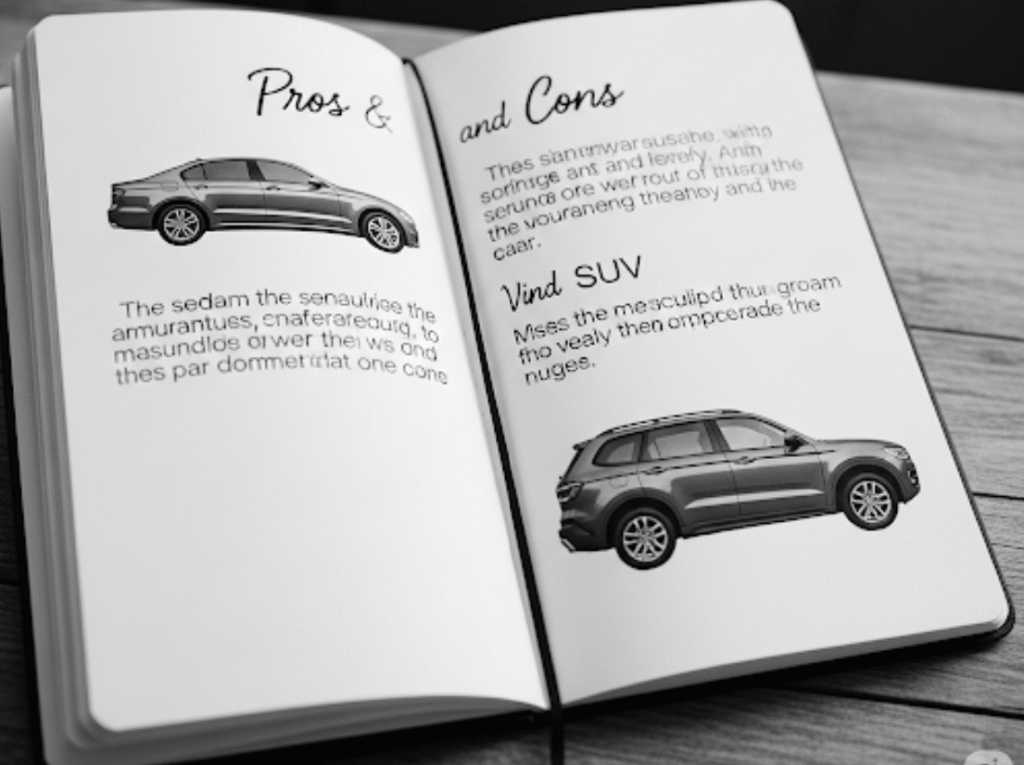
7. Overall Summary
Tesla Model Y (41/50)
The 2025 Tesla Model Y LR remains a dominant force in the electric SUV market, offering a compelling blend of range, performance, and advanced technology. While its minimalist interior and touchscreen-centric controls may not appeal to everyone, its practical design and access to Tesla’s charging infrastructure give it a strong edge against competitors. However, the current issues with Tesla and the sheer number of alternatives will likely make it hard for Tesla Model Y to keep its #1 spot.
BYD Sealion (39/50)
The BYD Sealion 7 enters the competitive electric SUV market as a strong contender, offering a blend of comfort, modern design, advanced technology, and practical range. Compared to most rivals it stands out with its innovative rotating screen, standard V2L, and robust ADAS package, aiming to provide a more traditional, compelling and feature-rich alternative.
However, each customer has different priorities and may not enjoy Tesla approach of being on the cutting edge of technology but prefer the BYD more traditional style.
